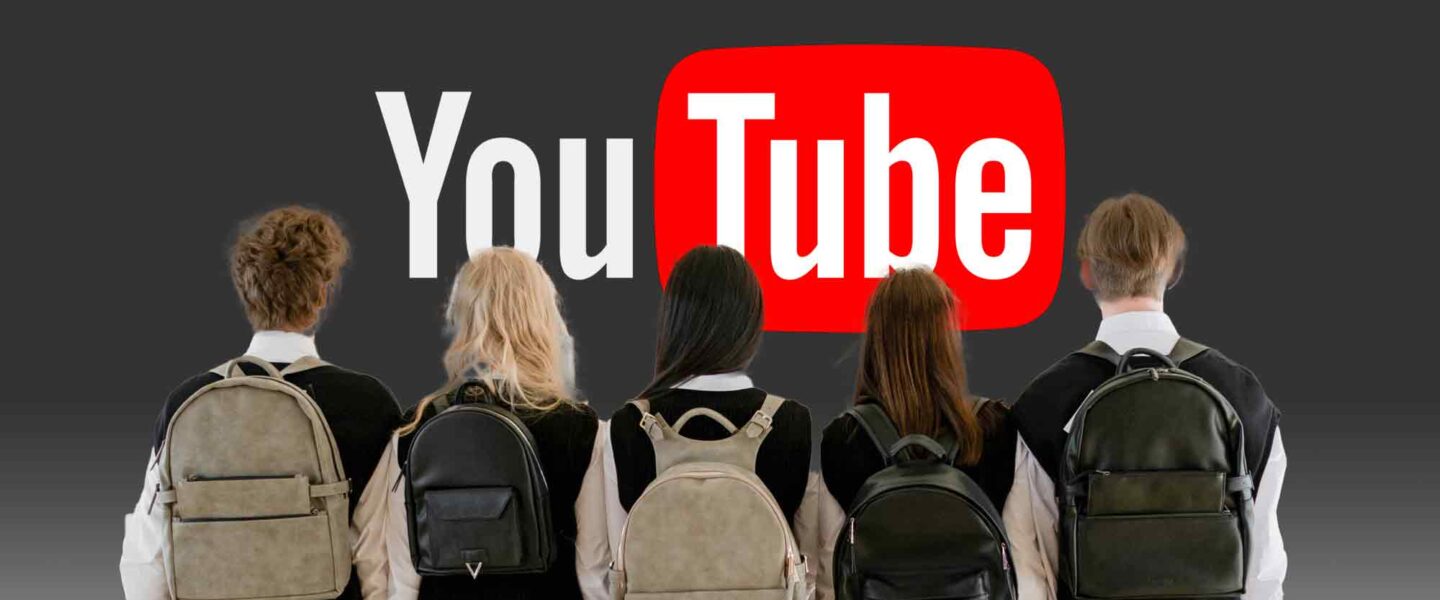Welcome to Saturday Hashtag, a weekly place for broader context.
|
Listen To This Story
|
As of August 13, YouTube has rolled out a new AI age-verification system in the US. The system scans your watch history, search behavior, and account metadata to estimate how old you are. If the system thinks you’re under 18, it restricts your access, regardless of the age you entered when creating your account.
Flagged users are locked out of age-restricted content, comments, and personalized recommendations until they verify their age by uploading a government ID, a credit card, or a selfie scan.
YouTube says this change is meant to protect minors and comply with new online safety laws in countries like the UK and Australia.
AI That Decides If You’re ‘Too Young’
The system targets what it considers “childish” viewing behavior. Watching things like classic cartoons, toy unboxings, and animated or nostalgic content may restrict you as a teen even if you’re well over 18.
In reality, YouTube is profiling users based on their content taste. That’s surveillance, not safety.
Research shows that many stressed adults use toy videos or children’s programming as a way to support their mental health, but under this system they may be forced to expose sensitive personal information. Users also worry about false positives, question the algorithm’s accuracy, and fear censorship.
What Happens If You’re Flagged
According to YouTube, flagged users can unlock their accounts by verifying their age through:
- Government-issued ID
- Credit card (no charge)
- Selfie (facial scan)
There’s no independent oversight of how long YouTube keeps this data or how securely it’s stored, only vague assurances. Likewise, there’s no external review of the AI’s accuracy or its practices.
Groups like the Electronic Frontier Foundation warn of rising breach risks, especially with the use of sensitive IDs and biometrics. YouTube says it deletes this data after use but offers no independent verification.
If you refuse to comply, you risk:
- Blocked access to age 18+ content, including videos with violence, strong language, or sexual themes
- Muted features like comments and personalized ads
- Temporary account lockdowns
- Permanent account deletion in some regions if you don’t verify within the grace period (30–90 days)
What You Can Do About It
A Change.org petition with more than 122,000 signatures shows the growing backlash. It is calling on YouTube to roll back the policy, claiming it is a violation of privacy and a threat to online anonymity.
There’s no official way to opt out of YouTube’s new AI system, but users have identified a few strategies to reduce the risk of being flagged — or to cope if it happens:
- Use a VPN: Mask your IP address and access YouTube from outside the US. The AI age-estimation system is currently active only in the US.
- Be mindful of your viewing habits: Content considered “childlike,” such as cartoons, toy unboxings, or nostalgic family-friendly videos, may increase the chances of being flagged.
- Manage your watch and search history: Clearing or limiting search history reduces the data signals the AI relies on to estimate your age.
- Verify as a last resort: If you are wrongly flagged, you can restore access by submitting a government ID, credit card (no charge), or a selfie scan, but weigh the privacy risks before doing so.
- Stay updated: YouTube may expand the system to other regions as more countries adopt strict age-verification laws. Keep an eye on changes to YouTube’s terms of service and account notices.
YouTube calls it protection, but it’s surveillance, an algorithm policing taste and eroding privacy. Age checks sold as safety are spreading, and the real fight is over our freedom to watch without being profiled.
YouTube Users Are Furious About Its New AI-Powered Age Checks in the US, and They’re Not Holding Back
From TechRadar: “YouTube has officially launched its AI-based age checks in the US, following the introduction of online age verification checks in the UK, which aim to shield young people from viewing adult content. Since its widespread rollout came into effect, it’s been met with a slew of backlash, and users are furious.”
Supreme Court Allows Mississippi to Require Age Verification on Social Media Like Facebook and X
The authors write, “The Supreme Court [this month] refused for now to block enforcement of a Mississippi law aimed at regulating the use of social media by children, an issue of growing national concern. The justices rejected an emergency appeal from a tech industry group representing major platforms like Facebook, X and YouTube. NetChoice is challenging laws passed in Mississippi and other states that require social media users to verify their ages, and asked the court to keep the measure on hold while a lawsuit plays out.”
Smartphone Makers Must Do More to Protect Children, UK Safeguarding Minister Says
From the Financial Times: “The minister charged with tackling violence against girls has called on smartphone makers to do more to embed child protection technology into their devices, as she defended the UK’s new requirements for online age verification. Jess Phillips said it was ‘absolutely imperative’ that device manufacturers and the developers of their operating systems took greater responsibility for blocking pornographic imagery from children’s phones.”
Roblox and Meta Are Back in the Hot Seat on Child Safety
From The Washington Post: “As kids head back to school and lawmakers return to Washington in September, children’s online safety will be back on tech policy’s front burner. Politicians and advocates are reviving their push for new laws to protect kids online amid a string of child sexual exploitation lawsuits against Roblox and reports that Meta allowed its AI chatbots to hold ‘sensual’ conversations with young people. But the courts could constrain policymakers’ options.”
Extending Protections to More US-Based Teens
From YouTube Support: “Starting August 13, 2025, we’ll begin rolling out an age estimation model to determine if a US-based user is under the age of 18. This will happen regardless of the birthdate you entered when creating your account. We’ll then use that to extend age-appropriate product experiences and protections to more teens (like enabling digital wellbeing tools and only showing non-personalized ads). These protections for teens are not new — we now have enhanced technology to more accurately determine whether or not a user is under 18 and are now able to extend these protections to more teenagers. We’ve used this approach in other markets for some time, where it is working well and we are now gradually rolling it out to the US.”
From 2021: Experts Say the ‘New Normal’ in 2025 Will Be Far More Tech-Driven, Presenting More Big Challenges
The authors write, “A plurality of experts think sweeping societal change will make life worse for most people as greater inequality, rising authoritarianism and rampant misinformation take hold in the wake of the COVID-19 outbreak. Still, a portion believe life will be better in a ‘tele-everything’ world where workplaces, health care and social activity improve.”




